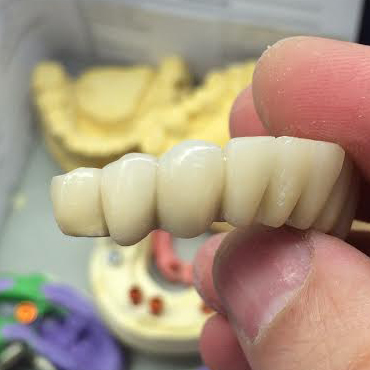Warning: Trying to access array offset on value of type bool in /home/bright16/public_html/brightondentallabs.com/wp-content/themes/bdl-custom/functions/theme-functions.php on line 1291
Warning: Trying to access array offset on value of type bool in /home/bright16/public_html/brightondentallabs.com/wp-content/themes/bdl-custom/functions/theme-functions.php on line 1296
Warning: Trying to access array offset on value of type bool in /home/bright16/public_html/brightondentallabs.com/wp-content/themes/bdl-custom/functions/theme-functions.php on line 1318
Warning: Trying to access array offset on value of type bool in /home/bright16/public_html/brightondentallabs.com/wp-content/themes/bdl-custom/functions/theme-functions.php on line 1319
Warning: Trying to access array offset on value of type bool in /home/bright16/public_html/brightondentallabs.com/wp-content/themes/bdl-custom/functions/theme-functions.php on line 1320
Understanding “Lumineers”
03/12/2013Dental Cavities: What You Should Know!
06/12/2013Warning: Trying to access array offset on value of type bool in /home/bright16/public_html/brightondentallabs.com/wp-content/themes/bdl-custom/functions/theme-functions.php on line 1291
Warning: Trying to access array offset on value of type bool in /home/bright16/public_html/brightondentallabs.com/wp-content/themes/bdl-custom/functions/theme-functions.php on line 1296
Warning: Trying to access array offset on value of type bool in /home/bright16/public_html/brightondentallabs.com/wp-content/themes/bdl-custom/functions/theme-functions.php on line 1318
Warning: Trying to access array offset on value of type bool in /home/bright16/public_html/brightondentallabs.com/wp-content/themes/bdl-custom/functions/theme-functions.php on line 1319
Warning: Trying to access array offset on value of type bool in /home/bright16/public_html/brightondentallabs.com/wp-content/themes/bdl-custom/functions/theme-functions.php on line 1320
What about a chipped tooth?
Minor tooth fractures typically involve enamel chipping. The teeth aren’t displaced, and there isn’t any form of gum bleeding. The only sign of this kind of minor chipping is rough or sharp tooth edges that irritate the tongue and cheek. The injured teeth don’t experience any pain or sensitivity. There are fewer chances of developing pulp injury, which is why, urgent treatment is not needed. A specific amount of sugarless gum or orthodontic wax can be used to prevent further damage. In most cases, the dentist places dental fillings, and crowns or caps for protecting the pulp of the tooth and restoring tooth contour.

What is a displaced tooth?
In some cases, an accident causes the tooth to be displaced instead of being lost or knocked out. Displaced teeth can be pulled out and have an elongated look, or they may have a shorter look if pushed in. Displaced teeth may get pushed in different directions after an accident. Although tooth displacement isn’t an emergency, it is best to consult the dentist as soon as possible so that he/she can perform splinting or realignment of the tooth with the help of wires along with orthodontic brackets. The sooner the dentist is approached, the less challenging it becomes to properly align the displaced tooth. It is important to note that dental trauma that is severe enough to displace the teeth can also result in pulp injury. And this is why, periodic evaluation of displaced teeth is important for determining if a root canal treatment is required.
What is a tooth fracture?
Tooth fractures can be extremely minor (affecting the enamel and/or dentin) or very severe (affecting the root), depending on the severity of a dental accidental. Basically, teeth have two protective layers, called the dentin and enamel. The white hard outer layer is known as the enamel while the yellow layering lying beneath this white layer is the dentin. Together, these two layers offer protection to the dental pulp. Almost one-third portion of the tooth that is visible is known as the crown, whereas the remaining portion i.e. the root is hidden inside the bone. In most cases, dental X-rays are needed for diagnosing, locating as well as measuring the severity of a tooth fracture.
What about a serious tooth fracture?
If a tooth fracture is extremely severe, it will expose the dentin as well as the pulp tissue. The fracture needs immediate treatment as the tooth may have displaced or become loose. If the tooth is at risk of falling out totally, the dental professional may consider splinting the loose tooth while causing it to bond to the neighboring teeth for stabilizing the tooth as the underlying gums and bones start to heal. Since there are greater chances for the tooth pulp to die, the dentist may perform a root canal treatment during the affected individual’s first visit. Or in other cases, the dentist may consider it best to use a sedative for calming the dental pain and the patient may be asked to re-visit the dentist in 2-4 weeks for further evaluation and treatment.


